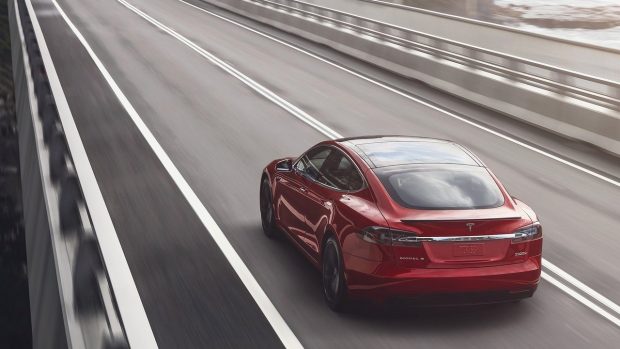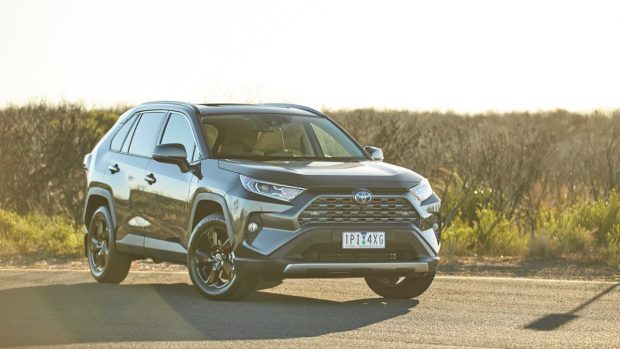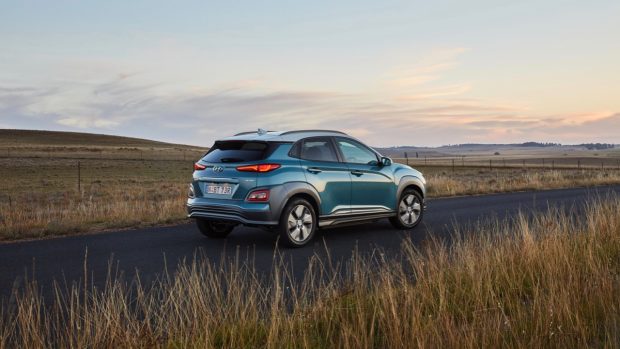-
Car Reviews
- All reviews
- Midsize SUVs
- Small cars
- Utes
- Small SUVs
- Large SUVs
- Large cars
- Sports SUVs
- Sports cars
- Vans
Latest reviews
- Car News
-
Car Comparisons
Latest comparisons
- Chasing Deals
A major study of the seven largest battery manufacturers has found the price of electric vehicles will equal the cost of their petrol equivalents by 2024.
The cost of batteries currently accounts for up to a quarter of the price of an entire EV, but batteries expected to fall in price to around $100 per kilowatt-hour by as early as 2022, according to the study done by Swiss investment bank UBS.
The bank said declining battery costs would slim down the price difference between EVs and combustion engined cars to just $1,900 in favour of combustion by 2022, before the difference would evaporate entirely by 2024.
The high cost of batteries puts EVs at a clear disadvantage to their combustion-engined siblings in a market like Australia, where government incentives are not offered to buyers of electric vehicles.
For example, the Hyundai Kona Highlander Electric costs Australian buyers $65,290 (before on road costs), compared with $36,660 (before on roads) for the similarly specced Kona Highlander FWD – a 78% increase to go electric.
The study said the uptake of electric cars will continue to climb, with global EV sales predicted to reach 17 per cent by 2025 before more than doubling to 40 per cent of sales by 2030.
“There are not many reasons left to buy an ICE car after 2025,” UBS analyst Tim Bush told The Guardian.
Mr Bush said the diving costs of batteries would make manufacturers also turn away from hybrid variants as they would lose their financial appeal.
While five years ago the amount of EVs available to buy was limited and largely restricted to a luxury price point, Australia has now gained access to new full battery electric vehicles (BEVs) and plug-in hybrids (PHEVs), while conventional series-parallel hybrids have found a strong footing in the market in 2021.
Many legacy manufacturers are finally catching up to breakthrough brands such as Tesla, who often led the way in making owning an EV appear practical, with brands such as Mercedes launching its EQC SUV and Audi its e-tron SUV range as their first offering into the new segment.
This month, Tesla also dropped the prices of its Model S large sedans and Model 3 midsize sedans across the range by as much as $7,000, dropping the entry price of each to $66,900 and $132,718 respectively, before on road costs.
Australia has no government incentives or subsidy for purchasing an EV or hybrid cars but many still see the advantage with cars such as the petrol-electric hybrid RAV4 SUV now one of Australia’s top selling cars.
In August 2020, the Federal Chamber of Automotive Industries found that 6,694 people purchased either a full EV or hybrid, and while the number is small by comparison to combustion sales, this marked a huge increase of 113.9 per cent compared to the same month in 2019.
The increase in sales of electrified vehicles is likely helped by the increased capability of EVs, with budget options such as the Hyundai Kona Electric Highlander able to drive 449km (WLTP testing) on a single charge, along with the growing network of charging stations on major Australia highway routes.
Latest news
About Chasing cars
Chasing Cars reviews are 100% independent.
Because we are powered by Budget Direct Insurance, we don’t receive advertising or sales revenue from car manufacturers.
We’re truly independent – giving you Australia’s best car reviews.


